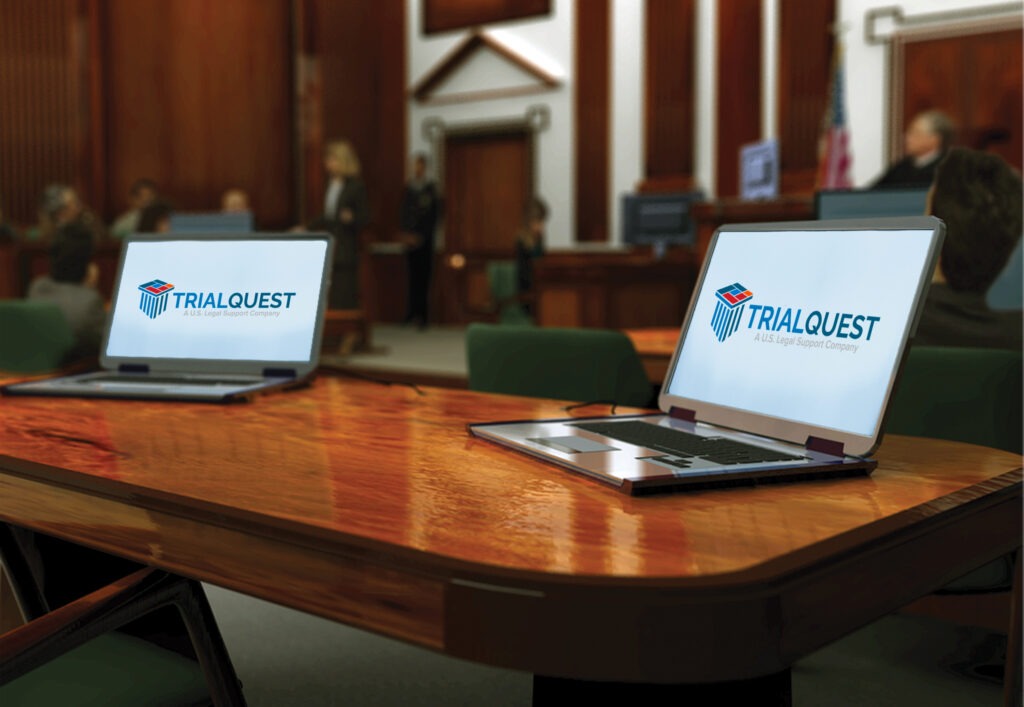Legal professionals use custom trial presentations that leave an impact.
Legal professionals use custom trial presentations that leave an impact.
Blog Article
Just How Trial Presentations Enhance Your Debate and Convince Jurors
Trial presentations work as a crucial system for improving lawful disagreements and persuading jurors. By incorporating visual aids, narrative structures, and psychological engagement, attorneys can produce a compelling case that resonates on multiple degrees. The tactical usage of visuals not only clears up complicated info but also records jurors' attention more effectively than words alone. The art of storytelling plays a just as crucial function in transforming accurate proof into an engaging narrative, shaping jurors' perceptions. Comprehending these components can dramatically impact trial outcomes, increasing the inquiry of how each element adds to this elaborate dynamic.

Significance of Visual Aids
Aesthetic aids play a critical role in boosting the effectiveness of test discussions, as they can substantially raise target market interaction and retention of information. In the context of a trial, where jurors are charged with processing facility info, visual help serve to streamline and make clear bottom lines. Graphes, charts, and images can communicate information and concepts that may otherwise overwhelm or confuse jurors, permitting an extra uncomplicated understanding of the evidence presented.
Additionally, visual aids assist in preserving juror interest throughout the process. By breaking the uniformity of verbal testimony, these tools can stress vital debates, making them much more unforgettable. Efficient visual aids can additionally stimulate emotional feedbacks, which can be essential in encouraging jurors to straighten with the presenter's narrative.

Crafting Compelling Stories
A compelling narrative is necessary in trial discussions, as it acts as the foundation of effective persuasion. It enables lawyers to weave with each other realities, evidence, and psychological components right into a coherent tale that reverberates with jurors. This narrative framework allows jurors to comprehend the intricacies of the situation while guiding them with the attorney's debate.
To craft an engaging story, lawyers should focus on clarity and coherence. This includes establishing a clear lead character-- typically the client-- and describing their trip via the events concerned. Presenting the facts in a rational series boosts comprehension and keeps involvement. Furthermore, the use of brilliant descriptions can create mental images that help jurors imagine the events, making the story more remarkable.
Moreover, integrating vital themes throughout the presentation reinforces the core message and aids in retention - trial presentations. The story must not only share info yet additionally evoke a feeling of justice, highlighting the risks involved. Eventually, a sound narrative why not try these out fosters a connection between the jurors and the situation, placing the lawyer's disagreement as both reputable and engaging, therefore raising the likelihood of a positive verdict

Involving the Jury Psychologically
Efficient court engagement hinges on the attorney's capacity to attach with jurors on a psychological level. This link can substantially affect jurors' assumptions and their best decision-making.
Aesthetic aids, such as photographs or videos, can even more improve emotional interaction, offering jurors with dazzling depictions of the case's human elements. Crafting a narrative that highlights the battles and accomplishments of the individuals involved makes certain that jurors see beyond the lawful arguments and identify the human repercussions of their choices.
In addition, tone and body movement play an important function in conveying feeling. A lawyer's enthusiastic distribution can resonate with jurors, enhancing their emotional investment in the event. It's vital to stabilize emotional charms with accurate evidence, making certain that jurors feel compelled to act while continuing to be based in the reality. Inevitably, a mentally engaged jury is most likely to be encouraged, making psychological link a vital element of efficient test presentations.
Structuring Your Discussion

The body of the discussion ought to be logically fractional into bottom lines, each supported by compelling proof. It is helpful to use narration strategies to weave facts right into a narrative that jurors can easily adhere to. Aesthetic aids, browse around these guys such as charts and videos, can boost understanding and involvement, helping to highlight crucial items of evidence.
Real-World Study
Checking out real-world case research studies offers invaluable understandings into the art of trial presentations and persuasion. The defense group successfully utilized a technique that incorporated high-profile expert testaments with multimedia presentations, which captivated jurors and ultimately affected their choice.
One more significant instance is the "McDonald's Coffee Instance," where the complainant's attorneys made use of visuals photos of the injuries received by Stella Liebeck. trial presentations. This raw visual evidence played an essential duty in sharing the extent of her burns, resulting in a significant jury award. Such situations show that impactful test discussions commonly hinge on the efficient combination of visuals and narration to evoke psychological actions from jurors
Additionally, the "Casey Anthony Test" highlighted the significance of narrative comprehensibility and reliability. The prosecution's failure to establish an engaging timeline diminished their convincing power, emphasizing the requirement of a well-structured discussion. Evaluating these instances exposes that effective test presentations need critical planning, psychological engagement, and the capability to reverberate with jurors' worths and ideas.
Conclusion
Test presentations significantly improve debates and convince jurors with the strategic usage of aesthetic help, engaging stories, and psychological interaction. By simplifying complex info and fostering connections with the audience, these components produce a memorable and impactful experience. A well-structured discussion equilibriums sob stories with factual proof, inevitably reverberating with jurors' worths. about his The integration of these methods not only influences decision-making yet additionally emphasizes the relevance of efficient communication in the courtroom.
Report this page